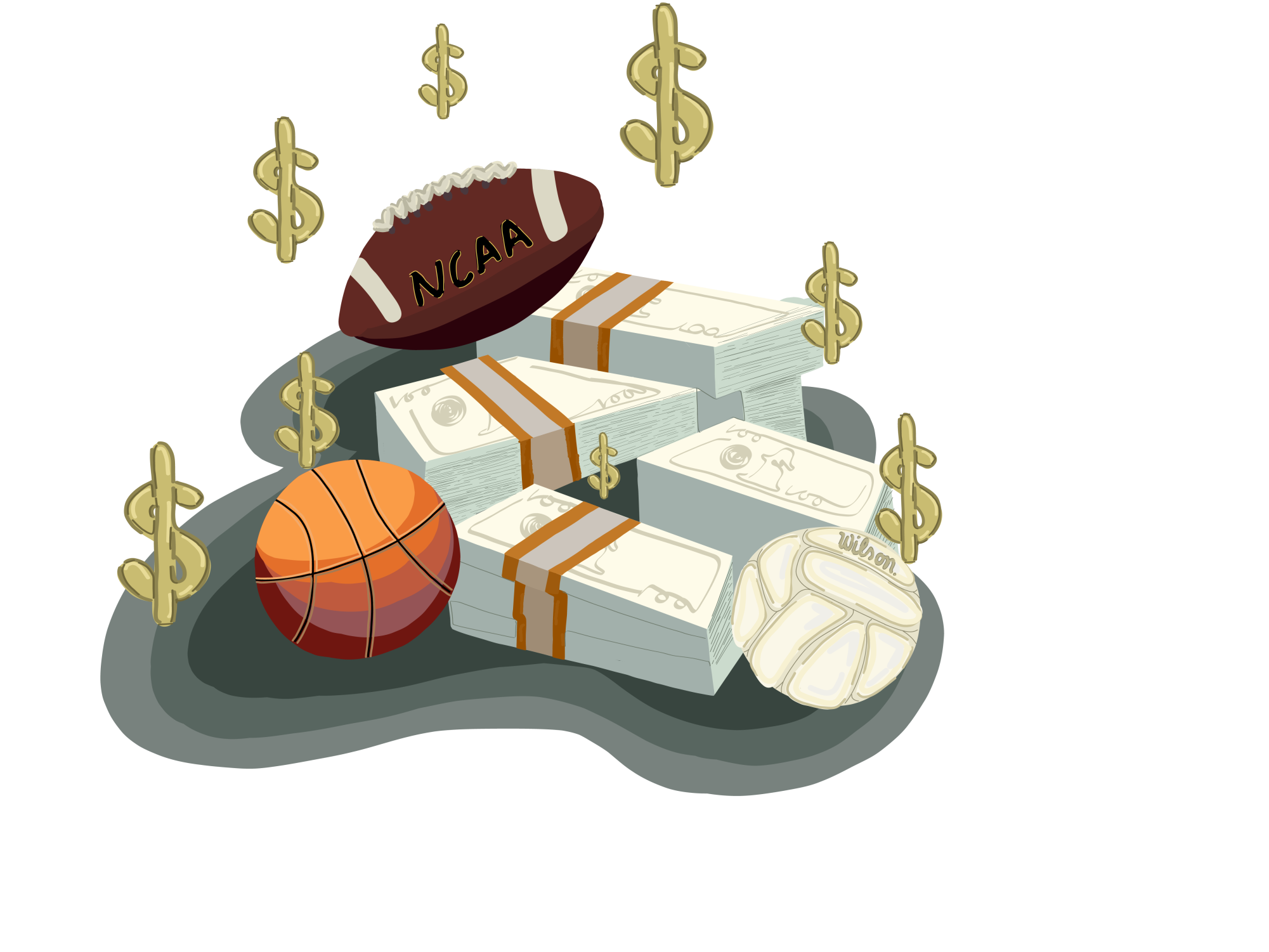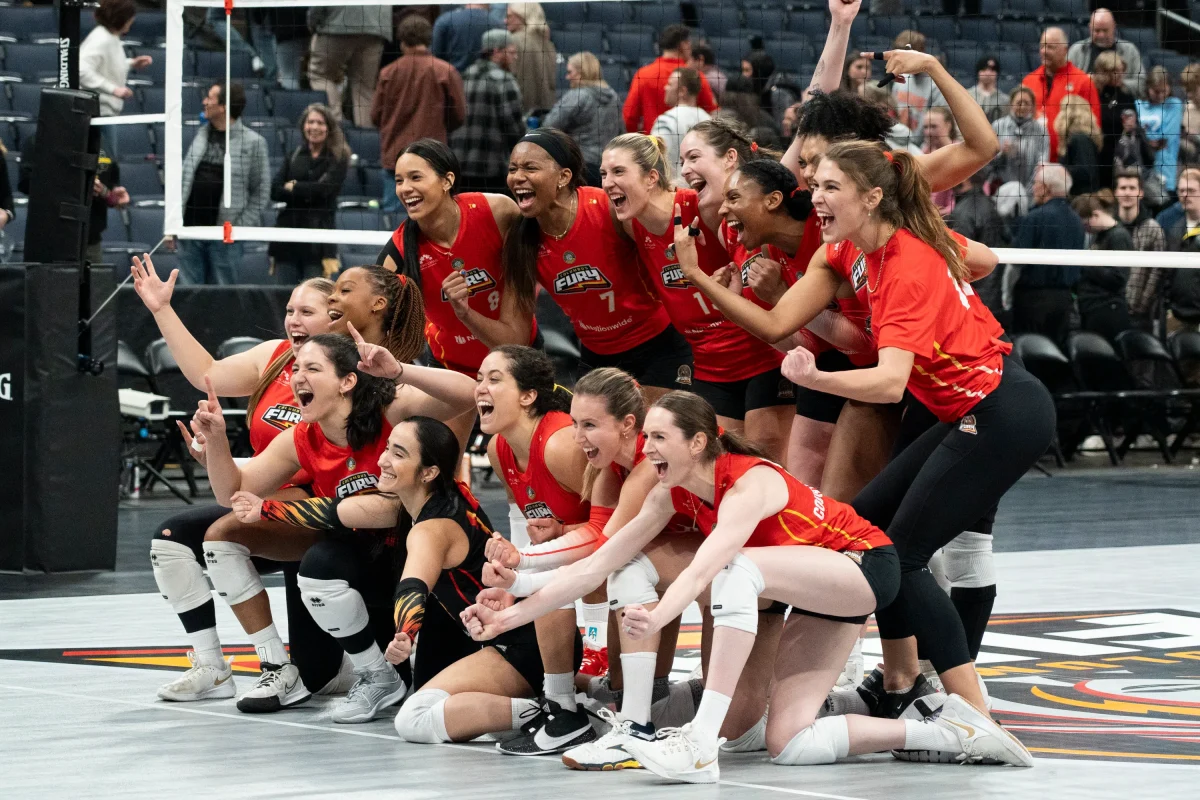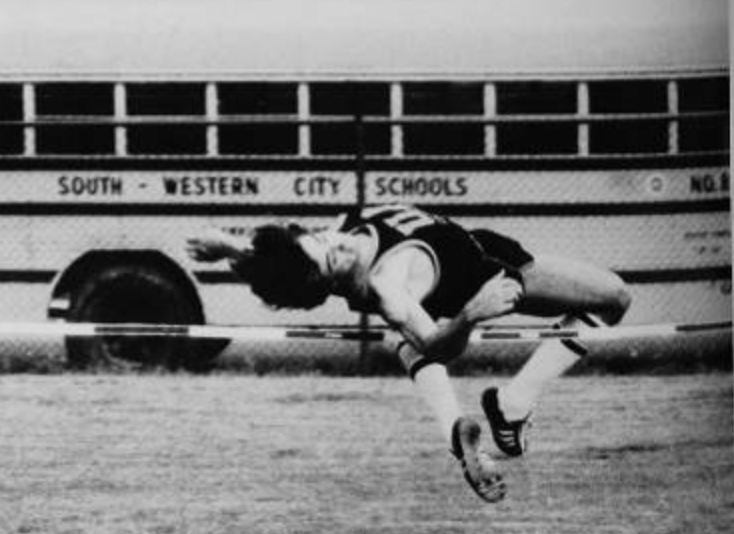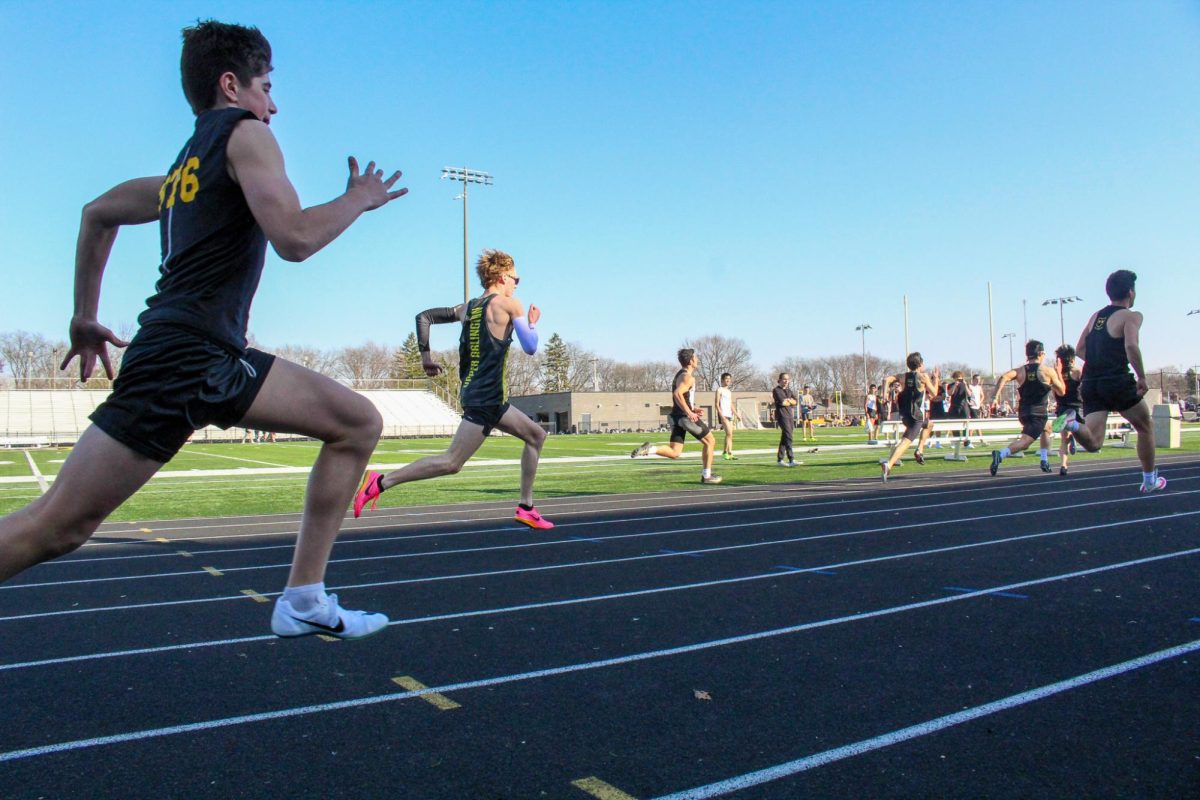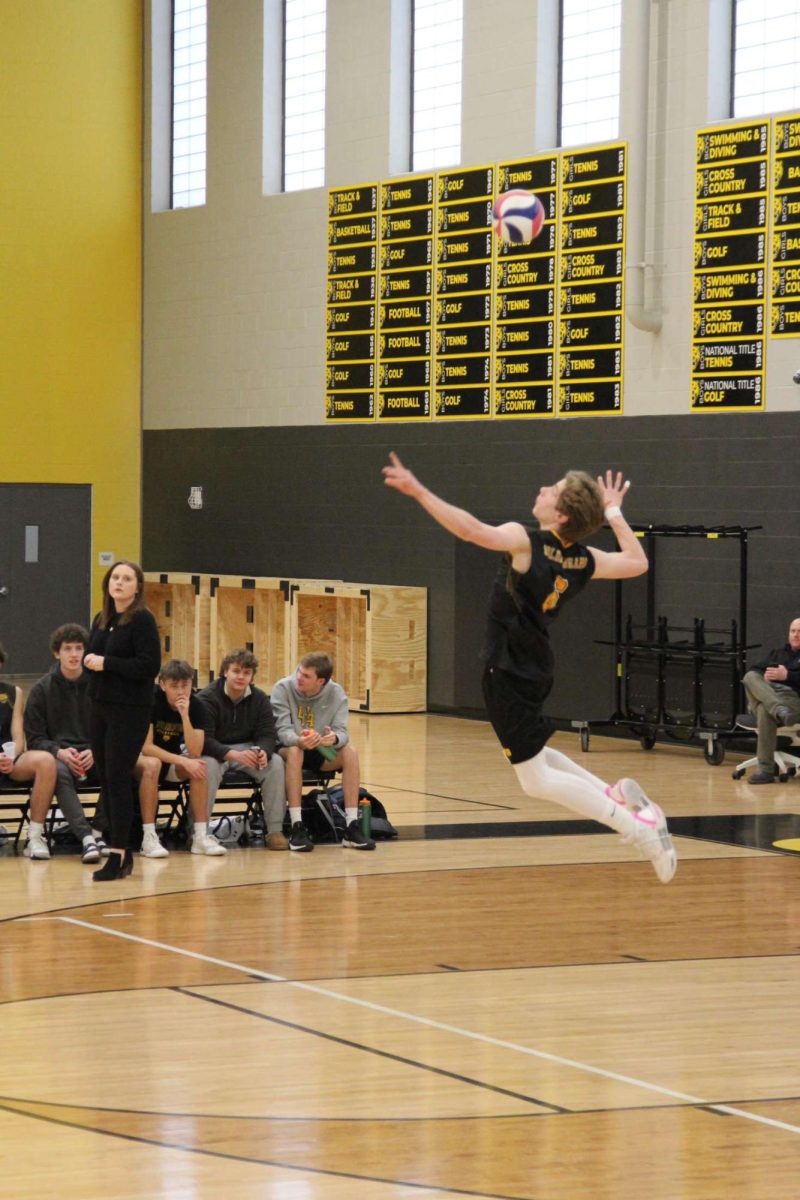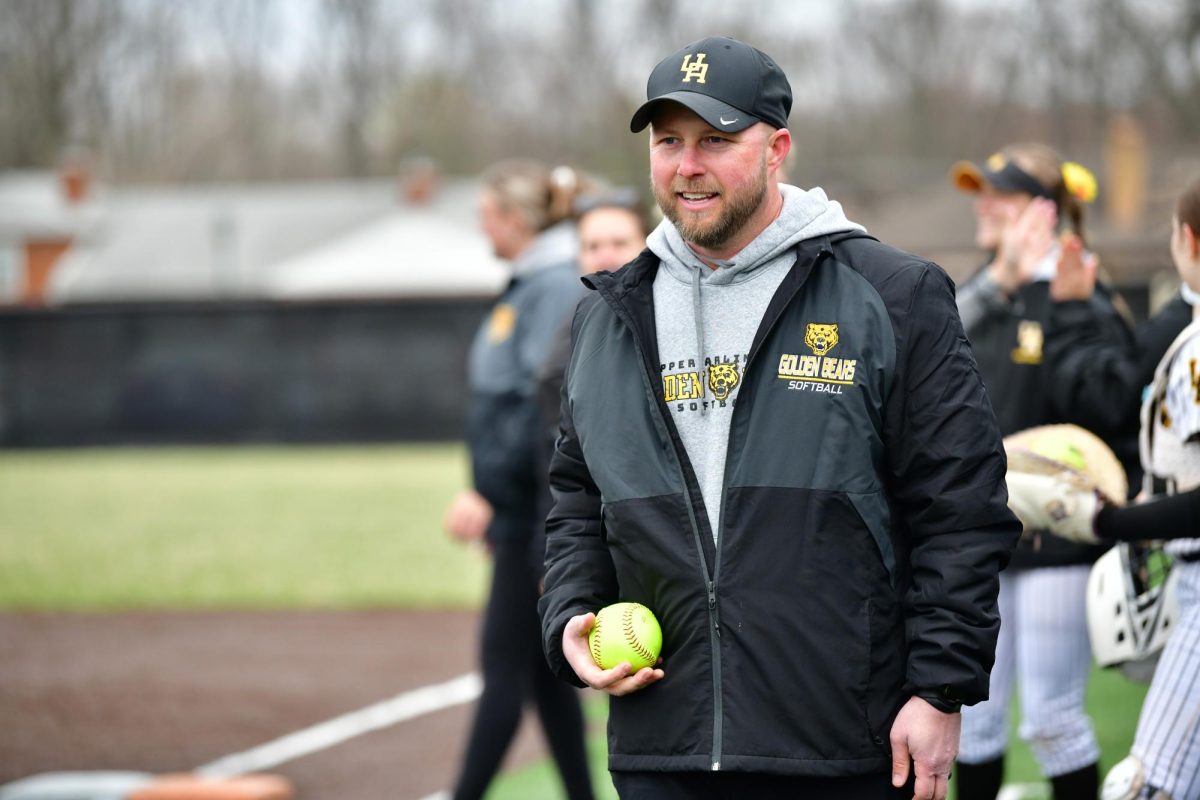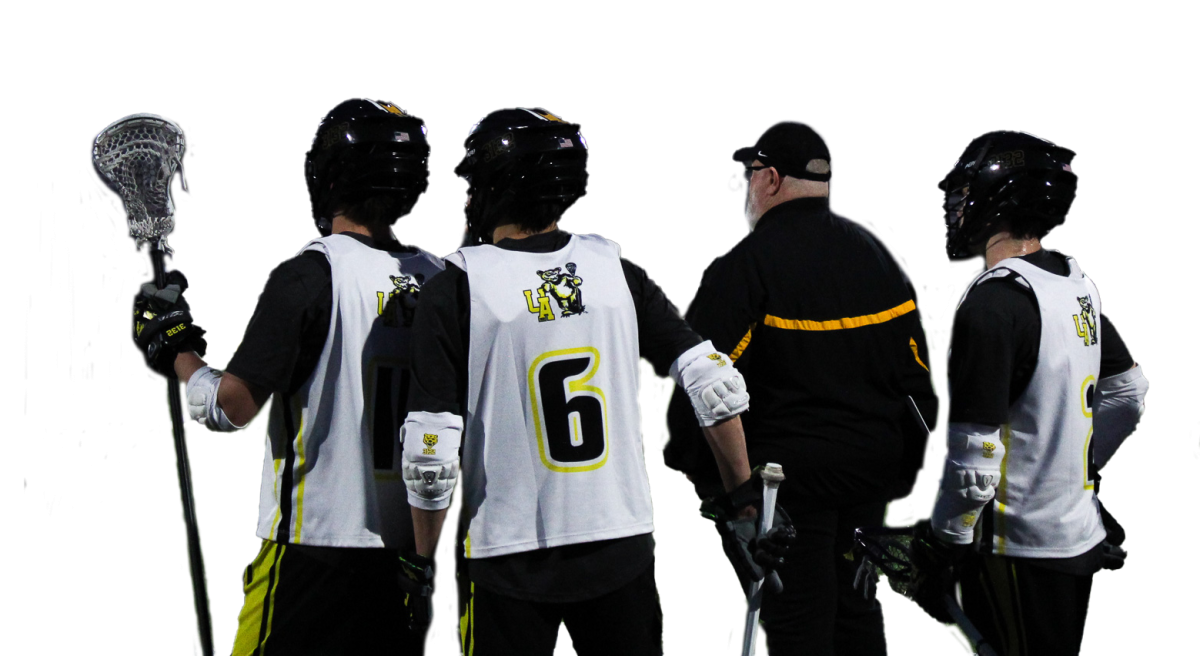With the National Collegiate Athletic Association’s (NCAA) new rules allowing athletes to profit from their Name, Image and Likeness (NIL), the landscape of college athletics is shifting—and walk-ons may be caught in the middle. According to the latest NCAA information, 46 percent of Division I athletes are walk-ons. Many walk-ons have seen significant success. For instance, former Cleveland Browns quarterback, Baker Mayfield, went from a walk-on at Texas Tech to a starter in the NFL. However, as NIL rules continue to develop, these walk-on spots may be endangered.
NIL has been a hot topic of controversy for around 10 years. The first lawsuit, filed in 2015 by former UCLA basketball player Ed O’Bannon, claimed the NCAA violated antitrust laws by preventing athletes from profiting from NIL. The case, O’Bannon v. NCAA, ruled that schools must cover athletes’ tuition but cannot pay extra to maintain college athletics’ amateurism.
In 2021, the U.S. Supreme Court ruled that college athletes may earn compensation through NIL in a case known as NCAA v. Alston. Since then, several lawsuits have been filed, including House v. NCAA, which seeks compensation for unpaid NIL earnings from Division I athletes since 2016. As of March 12, the settlement is pending final approval, with a court hearing scheduled for April 7, 2025.
However, the topic of NIL has sparked significant debate in recent years as it presents both advantages and disadvantages. Junior Alex Smith, an Ohio State University men’s basketball commit, explained that NIL money has become a key factor in the recruiting process.
“More people want to go to the bigger schools because the bigger schools can pay more,” he said.
In 2023, 13,025 Division I athletes entered the transfer portal. This was a significant increase from the 9,806 who transferred in 2021, as reported by the NCAA.
Smith explained that although NIL did not affect his final commitment decision, he still considered it when looking at schools.
“It made me think about where I wanted to go more because some of these schools offer more money than the other ones, and you take that into account when you make a decision,” he said.
Similarly, the Associate Athletic Director of NIL for The Ohio State University and former college walk-on Logan Hittle emphasized the advantages larger schools have in the recruiting process.
“It’s an advantage to be at a place like Ohio State that has so many opportunities and such a robust athletic department. It gives us an advantage as we pitch the structure that we have and the way that we can help student-athletes develop life after sports,” he said.
Another debate surrounding NIL rules is the impact it will have on team dynamics. Some argue that NIL deals may create disparities among players, leading to tension within the team. Smith addressed the challenges that NIL could pose to college teams.
“The teams try not to make it a big factor, but obviously there’s problems within the teams with that. It can affect [team culture], but you kind of just have to ignore it at the end of the day,” he explained.
In comparison, Hittle added that college teams focus on recruiting athletes whose personal NIL goals do not interfere with the team’s overall success.
“We try to do a great job of not recruiting student-athletes just based off of their want or desires in NIL, but student-athletes that want to go to Ohio State, want to compete at the highest level, want to get a great degree and want to move on and either play professionally or start their career,” he said.
Hittle also added that coaches concentrate on creating teams with athletes who have a drive for their sport rather than money.
“Our coaches do a great job of committing to a culture and recruiting a certain character of athlete that allows us to make sure that NIL isn’t negatively impacting our department,” he explained.
Critics of NIL claim that deals will only benefit sports such as football and basketball. However, athletes from other sports still enjoy many benefits from NIL deals.
“A lot of student-athletes in our Olympic sports have really succeeded in this space, from men’s lacrosse to women’s volleyball to wrestling. A lot of these student-athletes aren’t on full scholarships, so NIL gives them the opportunity to mitigate student loan debt and make supplemental income,” Hittle said.
NIL deals provide more revenue opportunities for athletes and may lead to expanded scholarships. CBS Sports reported that the NCAA is considering removing the cap on guaranteed scholarships, which could offer all athletes full scholarships. However, this does raise the question of whether those roster spots will still be open to walk-ons.
“I think [the future of walk-ons] is still to be determined until the House vs. NCAA case settles, but I’m very certain that those student-athletes will still have great opportunities,” Hittle said. “Athletes will continue to find a home for them that is going to allow them to have the experience they want.”
NIL deals will not only provide more revenue opportunities for athletes, but they also may lead to the expansion of scholarships. CBS Sports reported that the NCAA is proposing to limit the number of roster spots available via House v. NCAA, but has considered removing the cap on guaranteed scholarships across sports. This could provide all athletes on a team with a full scholarship.
However, the topic of NIL has sparked significant debate in recent years as it presents both advantages and disadvantages. Recently, an argument over whether stricter regulations regarding NIL in college sports should be enforced has emerged. Smaller schools argue that wealthier schools are using NIL to attract top players by offering more money, thus making it much harder for these small schools to recruit top talent.
